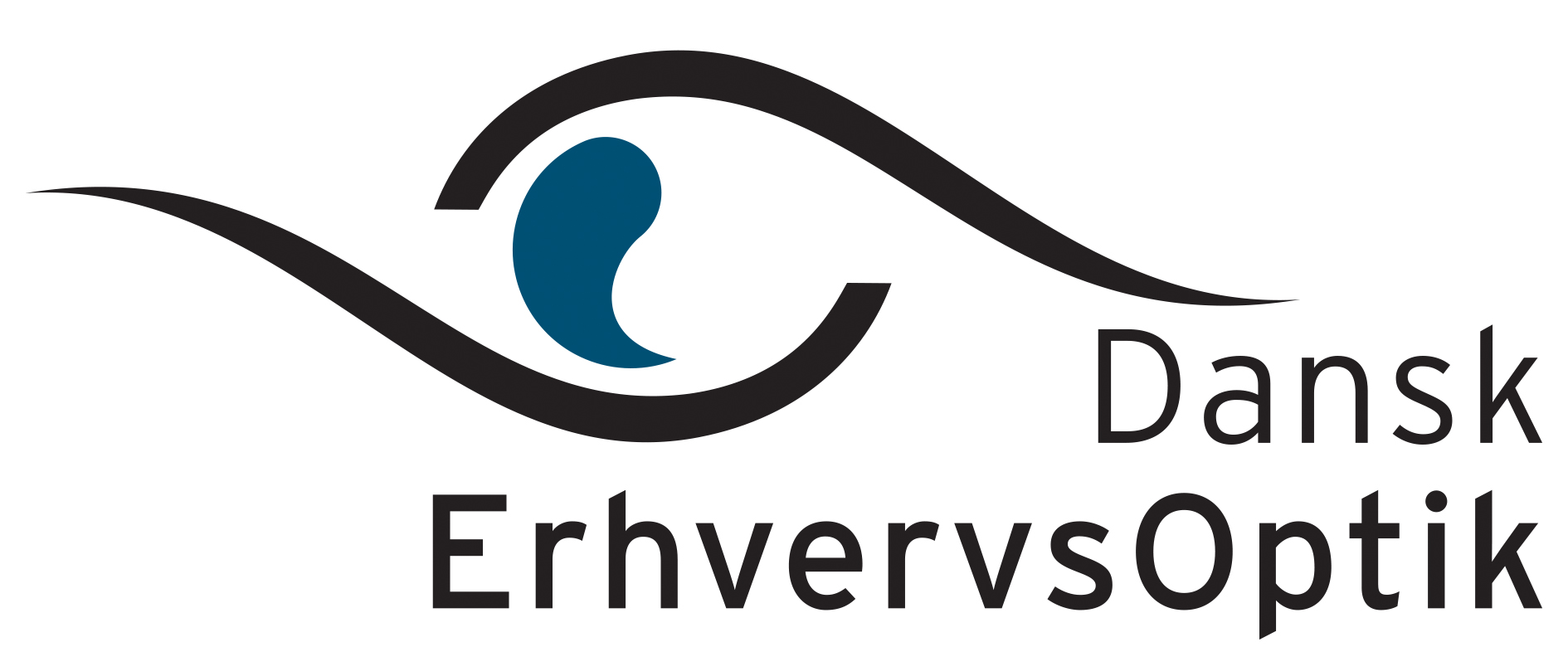Safety glasses
Safe eyes in the workplace
When employees undertake tasks that may risk damaging their eyes, they are required to wear safety glasses. And the company is required to pay for those safety glasses.
With safety glasses, you protect your eyes from:
- Airborne particles
- Dust and splashes
- Chemical effects of acids and gases
- Radiation such as optical radiation from welding or lasers
Choice of safety glasses
It’s important to be thorough when an employee needs safety glasses. You must analyse the need based on the risks associated with the work tasks the employee will be performing. Ask questions such as:
- What work tasks are involved?
- What risks do the workplace and surroundings pose?
- Who and how many people need safety glasses?
Get the best features and comfort with safety glasses from Dansk ErhvervsOptik
An agreement with Dansk ErhvervsOptik allows you to choose the safety glasses that best suit your employees. Safety glasses are available with both single vision lenses and varifocal lenses. This means we can match the prescription that the employee has in his or her prescription glasses to ensure that the safety glasses provide the best visual comfort for the employee.
Types of frames
CE-marked frames – for peace of mind.
CE marking of personal protective equipment is regulated by Council Directive 89/686/EEC and must comply with the standard EN 166 from 2002. These requirements are contained in the Danish Working Environment Act (Arbejdsmiljøloven), and all safety glasses from Dansk ErhvervsOptik comply with this.
Lens material
The choice of lens material depends on what the safety glasses are to be used for – and on the safety requirements to which the glasses are subject. There are three types of lens materials, each of which meets different safety classifications:
- Polycarbonate
- CR-39 plastic
- Tempered mineral glass
Ground lenses in protective eyewear are tested with regard to optical measurement values: Impact resistance, light transmission and distortion. The optical measurement values must correspond to the requirements of ISO 8980-1 and ISO 8980-2 from 2004.
Regulations and standards for safety glasses
Safety glasses must comply with the requirements of the European standard DS:EN166-S or DS:EN166-F.
DS:EN166-S
- Withstand the impact of a steel ball Ø 22 mm, weight 43 g, speed 5.1 m/s.
- Glasses frames must be S-marked as a minimum, and the lenses must, as a minimum, be made of CR-39 plastic or tempered mineral.
- The safety glasses must provide protection against splashes, chemical substances, low mechanical impact, angle grinding or welding.
DS:EN166-F
- Withstand the impact of a steel ball Ø 6 mm, weight 0.86 g, speed 45 m/s.
- The frame must in addition be robust and F-marked.
- The lenses must be made of polycarbonate, which can withstand high-velocity particles and which has low-energy collision and increased robustness.
- The safety glasses must provide protection against splashes, chemical substances, angle grinding, welding and high mechanical impact.
This is how it works:
1.
Enter into a corporate agreement
Your company enters into a free corporate agreement with Dansk ErhvervsOptik.
2.
Receive a request form
You receive a request form, which you keep and give to employees who need safety glasses.
3.
Complete the request form
The employee completes the request form, which is then signed by the company.
4.
Find an optician
The employee finds an optician at Dansk ErhvervsOptik
5.
Bring the request form
The employee brings the request form with him/her to the optician.
6.
Ordering
The optician orders the safety glasses as per the completed request form.
7.
Collection and adjustment
The employee collects the safety glasses from the optician and has them adjusted.
8.
Billing
The optician sends the bill and request form to Dansk ErhvervsOptik or your company, depending on what has been agreed in the corporate agreement.
